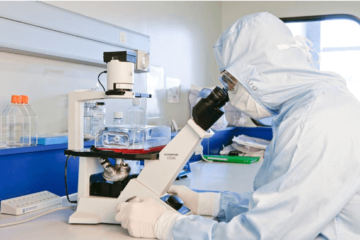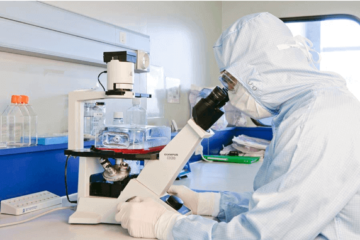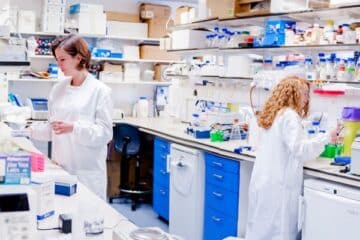Stem Cells in Cartilage Regeneration for Osteoarthritis: Lessons from Spinal Injury
**Stem Cells for Cartilage Regeneration: Insights from Spinal Injury**
Harnessing lessons from spinal injury research, this article explores the potential of stem cells in cartilage regeneration for osteoarthritis. By analyzing clinical trials and animal studies, it delves into the challenges and opportunities of using stem cells to restore damaged cartilage and alleviate pain.











